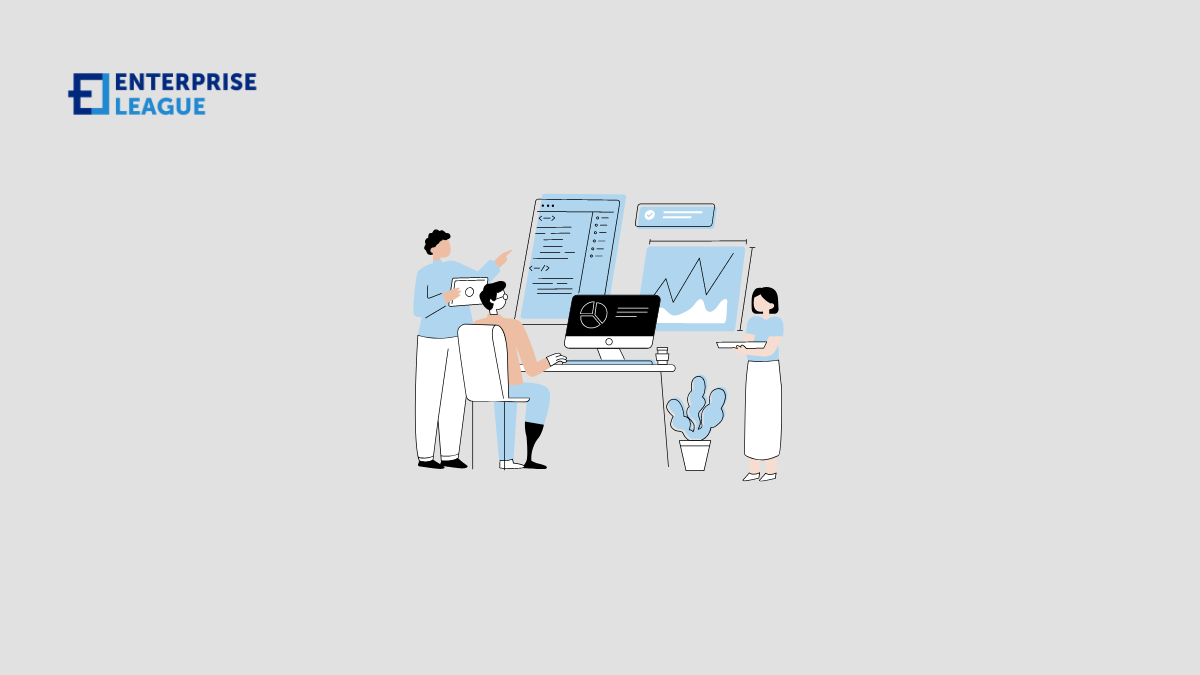The tale of software development is a story as old as most modern tech itself. While most people know about modern technology, not many people actually know about its history and what it might look like in the future.
With multiple predictions of the future, companies like Limeup focus on fast adoption and sifting through which technologies are relevant for the future. The nature of technology is that it evolves at an accelerating rate. Let’s look at how far it’s gone and where it might be going.
What is software?
Software is defined as the collection of programs, procedures, and routines associated with computer system operations. In simple words, it’s a set of instructions that direct the computer toward a function or executable command either with locally or web-sourced data.
It’s the backbone of technology, as everything that functions needs software. The software enables complex actions and can be found not just on the computer but also in other things like cars, refrigerators, air conditioners, and such.
Think of it this way, the software is the brain, while the hardware is the body.
Software in its early days
The origins of software development can be traced way back to the 1850s, which was initially conceptualized by Charles Babbage with the “stored program concept.” While this idea was conceived almost two centuries ago, it wasn’t until the mid-1940s that modern computers appeared.
Years later, the first operating system was launched, the MS-DOS, which was used on earlier IBM computers and started to sell around the early 1970s. During this time, software development was still limited to the technically savvy and not to a wider consumer base.
Transition from CLI to GUI
Initially, the software had to function through the Command Line Interface, which involves users having to know the right commands to elicit an action. However, this wasn’t user-friendly enough as not everyone knew the right commands, which prompted the transition toward Graphical User Interface, or GUI, which emerged in 1970 with the Xerox Palo Alto Research Center developing its first prototype as the young Steve Jobs of Apple was looking for ideas for the Apple computer.
Client-server architecture and networking
While these GUIs allowed for a more user-friendly approach, they were still limited in nature, with interaction mostly happening locally inside the computer itself. This is where things started to get more developed as client-server architecture emerged, giving birth to the concept of networking.
Client-server architecture is a model that empowers the server to host, deliver, and manage most client resources, creating a networking effect. It can also be known as networking, as it allows for multi-unit interactions.
Web and mobile applications
While networking was great locally, it was limited to locations, space, and hardware, being very disadvantageous for businesses and users who couldn’t invest heavily in machines. This is when the internet started taking off, with websites and mobile applications popping off.
Almost everyone knows what happened during the dot-com bubble, and although it gets a bad rep, it can still be referred to as the moment of acceleration for websites. Shortly after that, with the sophistication of smartphones, mobile applications started becoming the most popular, with the introduction of the App Store in 2007 and 2008, amid the launch of the first iPhone.
Open source software and collaborative development
As technology started to evolve and the internet became more accessible, this opened up room for open-source software and collaborative development. This allowed for code to be shared and software development to become fully digitalized, with programmers being able to collaborate easier than ever through the internet.
Cloud computing and SaaS
Although cloud computing existed in the late 1990s, it wasn’t popularized until Amazon launched AWS in 2006. This was when this type of technology became more accessible to the masses, with just about anyone being able to rent out customized computer storage, power, and specs via the internet.
This also further pushed to the software as a service (SaaS) business model, which allowed users to connect to cloud-based apps via the Internet. These included things like office tools, emails, calendars, and more with a pay-as-you-go approach.
AI and IoT
While artificial intelligence has been around since the 1950s, it was only recently that large language models (LLMs) like OpenAI’s ChatGPT have gained widespread attention. It showcased a more interactive approach for users to be able to tap into the tool’s machine-learning abilities to understand queries, process information, and give answers.
This also allowed for IoT to become more accessible as it became easier for applications to connect to the internet. Around this time, the world was more digitalized than ever, with Internet of Things (IoT) technologies such as smart devices providing an even simplified portal to the web.
Conclusion
As for the future, big companies like Meta are predicting AR/VR becoming the next big thing in software development. However, this has yet to be proven, and what’s important is that companies stay alert and vigilant, ready to adapt to newer emerging technologies.
Having experienced partners in the digital space is extremely important. With the many simultaneous developments in tech, it’s important that businesses focus their resources on the ones that matter.
More must-read stories from Enterprise League:
- Smart ways to enhance the efficiency of your business.
- Have a look at the best countries to start a business as a foreigner.
- The best apps for entrepreneurs that will help you achieve your goals.
- Entrepreneurs over 70 that have defiled old age.
- Engaging online networking events that you should not miss.
Related Articles
Best Managed WordPress Hosting Brands With Serious Performance
When you're running a WordPress website that needs to perform, picking the right hosting provider becomes a technical decision that directly affects your bottom line. Load times, server response rates, and uptime percentages translate into real visitor behavior. A...
The 9 Best Payment Processing Services for SaaS
Running a software business means handling money from customers who expect things to work smoothly. They sign up, enter their card details, and assume the rest happens without a hitch. On your end, though, payment processing is a whole different story. You need...
Building a U.S. Real Estate Portfolio: Why Beverly Hills Should Be Your First Step
The United States has long been a magnet for real estate investors seeking stable returns and prestige. Among its many luxury markets, one name consistently stands out: Beverly Hills. Known worldwide for its glamour and exclusivity, it represents more than just a...
Best Managed WordPress Hosting Brands With Serious Performance
When you're running a WordPress website that needs to perform, picking the right hosting provider becomes a technical decision that directly affects your bottom line. Load times, server response rates, and uptime percentages translate into real visitor behavior. A...
The 9 Best Payment Processing Services for SaaS
Running a software business means handling money from customers who expect things to work smoothly. They sign up, enter their card details, and assume the rest happens without a hitch. On your end, though, payment processing is a whole different story. You need...






